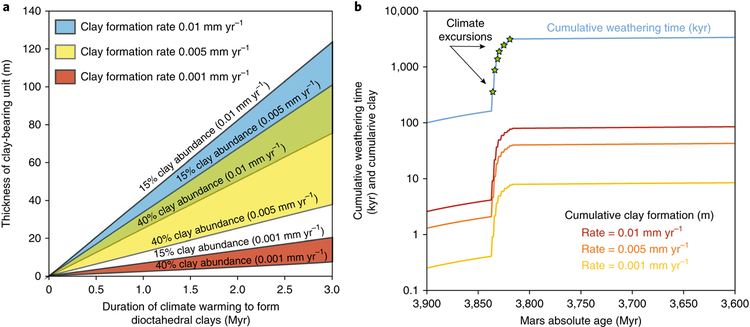Fig. 3 ∣. Climate excursions and surface weathering on Mars.
a, Tens to hundreds of metres of clay-rich material could have formed at the surface of Mars during short-lived climate excursions (each tens of thousands of years) spread over hundreds of millions of years. Three clay formation rates are considered from 0.001–0.01 mm yr−1, which are reasonable for ultramafic, glass-bearing materials29. Under the scenario shown, the total ‘chemical weathering’ time would only amount to a small fraction (<0.2%) of the Noachian period on Mars. The weathering rates used here are derived from absolute mass estimates of clay formation (g kg−1) in tephra and therefore, considering that the ‘clay-rich’ deposits on Mars are likely to contain at most 50% phyllosilicates, the required durations are cut by at least half, making the already plausible scenario even easier to accomplish. b, Illustration of weathering progress including three million years of closely spaced climate spikes within the timeframe of 3.80–3.85 billion years ago.

